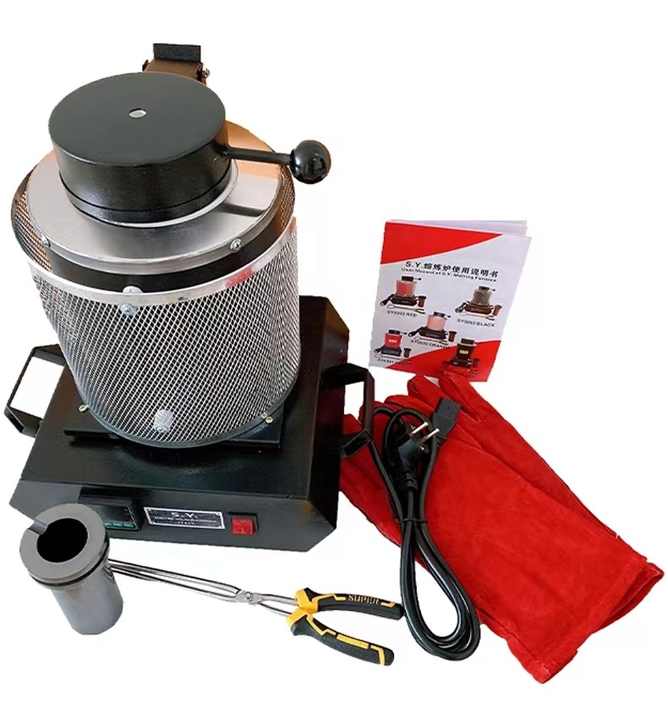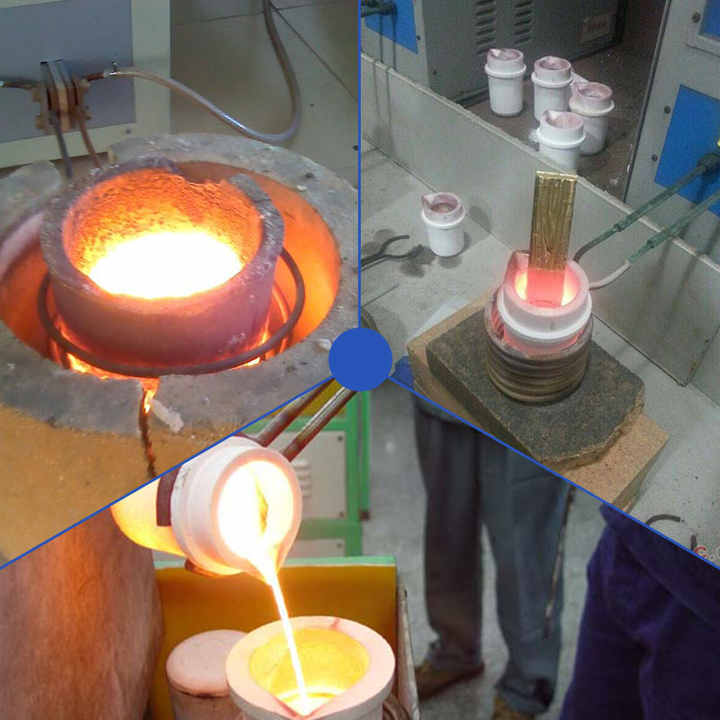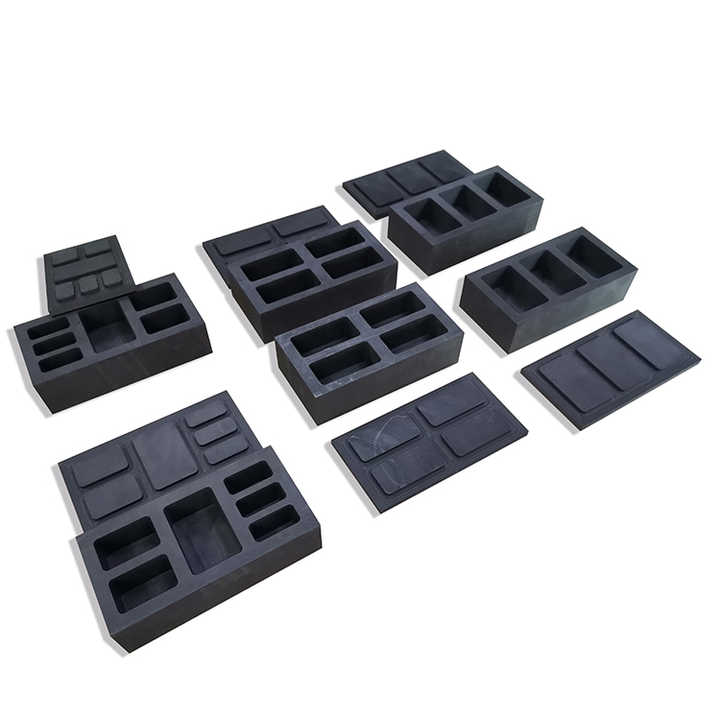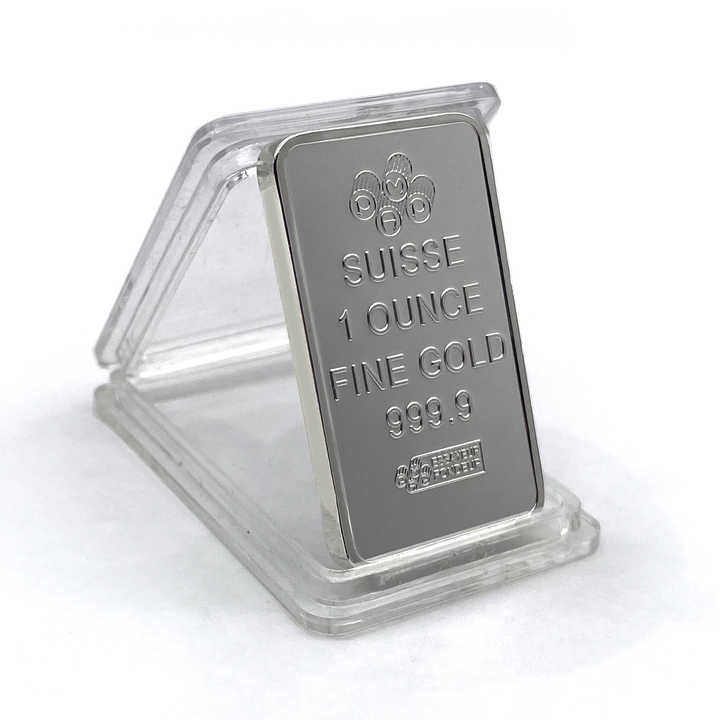silver smelting supplies
Silver Smelting Supplies Essential Tools and Materials for Metallurgical Mastery
The art of smelting silver is an ancient practice that has evolved over time, yet it still relies heavily on specific tools and materials to achieve the desired outcome. Whether you are a hobbyist looking to start your own smelting project or a professional working in a refinery, having the right silver smelting supplies is crucial. This article will guide you through the essential tools and materials needed for successful silver smelting, providing insights into how each component contributes to the overall process.
Essential Silver Smelting Supplies
Furnaces and Kilns
At the heart of any smelting operation is the furnace or kiln. These are specialized heating devices capable of reaching temperatures well above the melting point of silver, which is approximately 961.93°C (1,763.5°F). There are several types of furnaces and kilns used for smelting silver, including:
- Electric Furnaces: These are popular in laboratories and small-scale operations due to their precise temperature control.
- Charcoal Furnaces: Often used in larger industrial settings, these furnaces use charcoal as a fuel source to generate the necessary heat.
- Gas Furnaces: Utilizing propane or natural gas, these furnaces offer a balance between cost-effectiveness and temperature control.
Crucibles
A crucible is a container designed to hold materials while they are heated to very high temperatures. For silver smelting, crucibles are typically made of materials that can withstand the intense heat, such as:
- Graphite Crucibles: Known for their high thermal conductivity and resistance to oxidation, graphite crucibles are ideal for smelting silver.
- Clay Graphite Crucibles: These combine the benefits of graphite with the insulation properties of clay, offering a durable and cost-effective option.
Flux Materials
Flux is a substance added to the smelting process to aid in the removal of impurities and slag formation. Common flux materials used in silver smelting include:
- Borax: A natural mineral that helps to reduce the melting point of slag and facilitates the separation of silver from impurities.
- Soda Ash (Sodium Carbonate): Useful in reducing the viscosity of slag and promoting the formation of a clean surface for the molten silver.
Protective Gear
Safety is paramount in any smelting operation. Essential protective gear includes:
- Heat-Resistant Gloves: Designed to protect hands from burns and accidental contact with molten metal.
- Safety Goggles: To shield eyes from intense light and potential splashes of molten silver.
- Respirators: Important for filtering out harmful fumes and dust generated during the smelting process.
Sampling and Testing Equipment
Ensuring the purity and quality of the smelted silver requires accurate sampling and testing. Key tools include:
- Sampling Probes: Used to collect samples of the molten silver for analysis.
- Assaying Kits: Contain the necessary chemicals and apparatus to test the purity and composition of the silver.
Molds and Casting Equipment
Once the silver has been purified and is in a molten state, it needs to be cast into a usable form. Essential equipment for casting includes:
- Insulated Molds: Typically made of graphite or ceramic, these molds are preheated to prevent rapid cooling of the molten silver.
- Pouring Tools: Such as ladles and tongs, are used to safely transfer the molten silver from the crucible to the molds.
Setting Up Your Silver Smelting Operation
To begin your silver smelting project, you’ll need to assemble all the necessary supplies and establish a safe and controlled environment. This might involve setting up a dedicated workspace equipped with adequate ventilation, fire suppression systems, and proper storage for chemicals and materials.
Tips for Successful Silver Smelting
- Start Small: If you’re new to silver smelting, consider starting with small batches to get a feel for the process.
- Maintain Equipment: Regularly check and maintain your smelting supplies to ensure they are functioning correctly.
- Follow Safety Protocols: Always wear protective gear and follow safety guidelines to prevent accidents.
Silver smelting is a complex yet rewarding process that requires the right combination of tools, materials, and techniques. By investing in quality silver smelting supplies and following best practices, you can achieve successful results and contribute to the rich tradition of metallurgy. Whether you’re refining silver for artistic purposes or industrial applications, having the appropriate supplies is the foundation of a successful smelting operation.


















